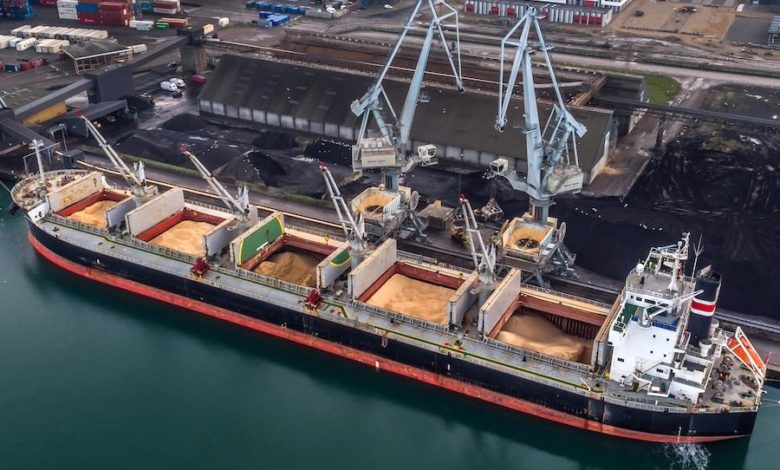Soybeans take the slow boat to China as trade war rumbles on

American financial services giant INTL FCStone has detected a swathe of bulk carriers taking the slow path to Asia, suggesting the ships are likely waiting for some breakthrough in negotiations between the US and China in the ongoing trade war.
Soybean loadings to China from the US Gulf are taking some interesting routes. Many ships are now going east around South Africa to get to China.
The US Gulf to Guangzhou through the Panama Canal takes 33.8 days, according to INTL FCStone data, whereas going east by South Africa takes that up to 44.5 days and increases the distance by 32%.
Moreover, a host of bulk carriers going through the Panama Canal are also taking slightly longer routes and going south of Hawaii, rather than the more direct route.
“It’s an interesting situation. Maybe these routes are less efficient but are more flexible and allow shipments to be re-routed more easily if the US-China situation gets worse,” INTL FCStone stated in a report seen by Splash.
President Donald Trump told reporters at a press conference in London on Tuesday that the signing of a US-China trade deal may not come until 2020 — or later.
“I have no deadline,” he said. “In some ways I think it’s better to wait for after the election, if you want to know the truth.”
Not everyone is convinced however that these ships are moving to Asia on longer routes because of the trade war, with one handy operator contacted by Splash today suggesting the ships were taking as long as possible to burn the last of their high sulphur fuel oil before the start of the global sulphur cap in just over three weeks’ time.
In Denmark, Peter Sand, chief shipping analyst at BIMCO sought to play down the news when contacted by Splash today.
“We know that US soya beans travel both ways en route to the Far East – and that 40% of US soya beans exports in 2018 to the Far East went through the Panama Canal,” Sand said, adding: “Put bluntly, soya beans go where the charterers tell them to go. If the charterer is also the cargo owner – he/she may decide that the ship goes round the Cape of Good Hope. If ship owner/operator fixes on a spot basis to deliver the cargo in China, the cheapest way is always chosen. If bunker prices are high, that may sometimes mean that Panama Canal transit is chosen. If the bunker price is low, in a combination with a low freight market – the Panama Canal is often the expensive option.”
